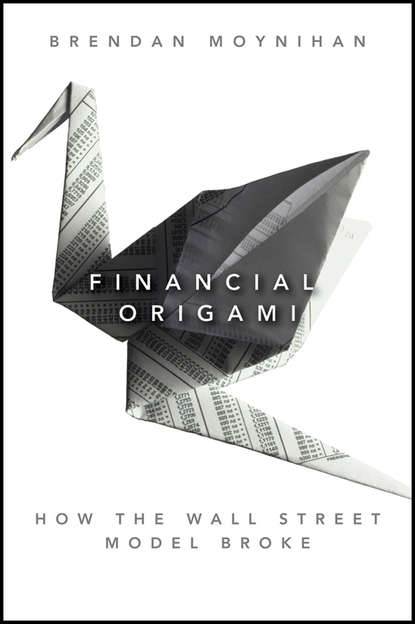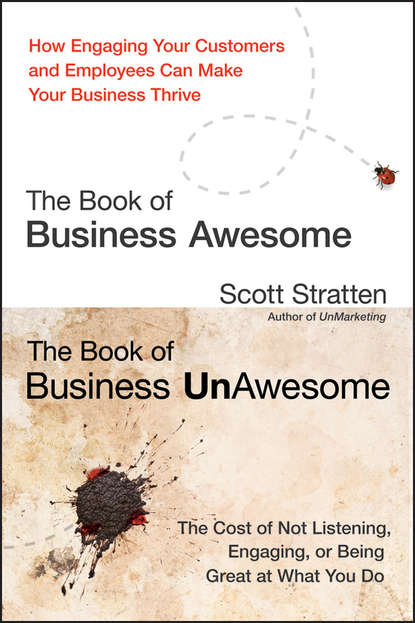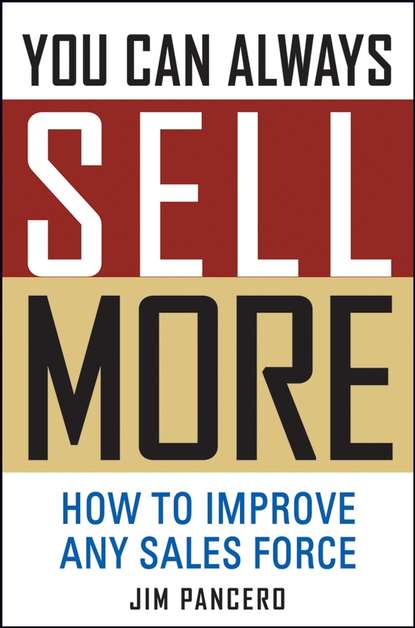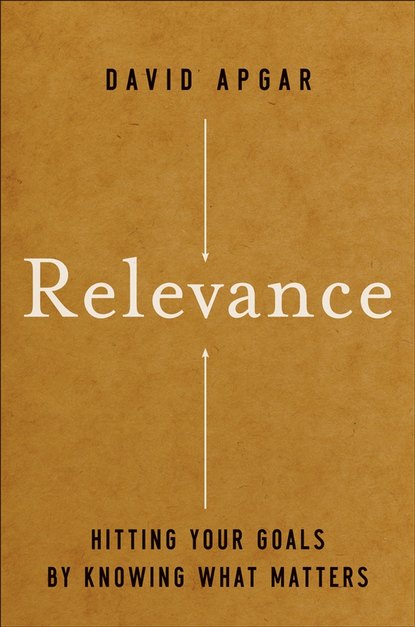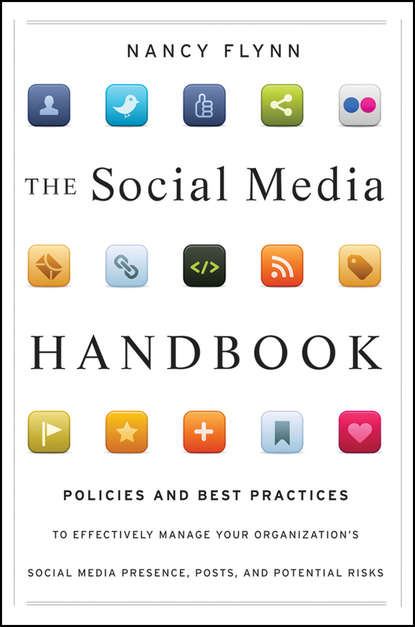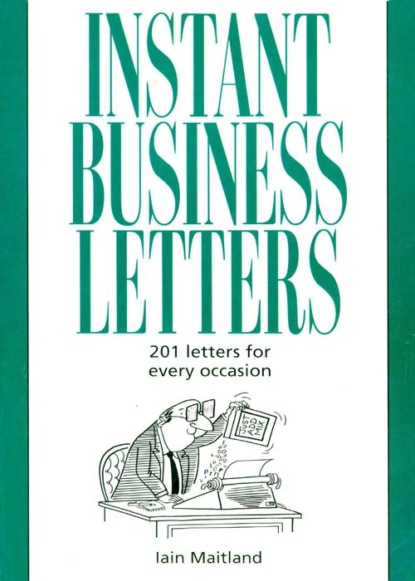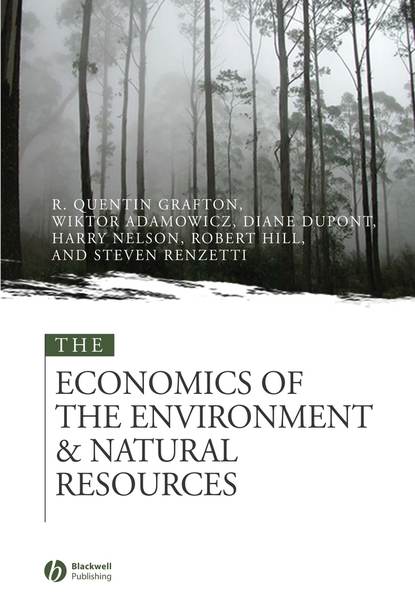Financial Origami - как модель Уолл-стрит сломалась
Эта книга предлагает глубокий анализ провала "доказанных" финансовых моделей Уолл-стрит. Оригами - японское искусство складывания бумаги в замысловатые и эстетически привлекательные формы. Это идеальная метафора для модели финансового инжиниринга Уолл-стрит, которая в конечном итоге оказалась лежащей в основе финансового кризиса 2008 года.
В книге Financial Origami Брендан Мойнихан описывает, как бизнес-модель Уолл-стрит эволюционировала от метода передачи риска до метода производства риска. По ходу повествования эта своевременная книга искусно разбирает финансовый инжиниринг и рассматривает, как он зачастую является механизмом для уклонения от регуляторных ограничений, предоставления институциональным инвесторам персонализированных продуктов и, конечно, для генерации доходов самим финансовым инженерам.
Книга раскрывает, как бизнес-модель финансового инжиниринга Уолл-стрит трансформировалась во что-то разрушительное, освещает, как модель оригами хорошо работала в сравнительно стабильные годы начала 2000-х, когда было меньше рисков для передачи, и обсуждает, как Уолл-стрит начала производить риск, создавая продукты, которые многократно увеличивали рисковые позиции и стимулировали выдачу субстандартных кредитов.
С крахом Lehman Brothers бизнес-модель Уолл-стрит фактически сломалась. Но из произошедшего можно извлечь множество уроков, и книга Financial Origami показывает, какие именно.
In Financial Origami , Brendan Moynihan explores the origins and collapse of Wall Street\'s "proven" financial engineering models, an intricate art form that facilitated the transfer of risk onto consumers—a process known as "manufacturing risk"—while ultimately proving to have been the underpinning cause of the global economic disaster of 2007/8. Moynihan explains how this process transformed what had begun as a clever means of shifting dangerous risks onto borrowers around the world into a deadly, global financial boom-bust cycle that deepened the Great Depression. While Financial Origami addresses origami as an analogy for Wall Street engineering, the author also argues that the United States government contributed significantly to the housing bubble\'s growth through regulatory failures. Operating essentially as carte blanche for financial companies to generate revenue by introducing risky new products onto the market, such as prime and subprime mortgages, the U.S.\'s expansive regulatory and deregulatory regimes played directly into the hands of large investment banks and Wall Street firms desperate to build out massive profit margins—and rapidly growing balance sheets. By delineating the hows and whys of the crumbling of the Wall Street orignami, Financial Origami offers definitive new insights not only for business circles but also for university students studying the economic crisis, public policy makers, and the citizenry at large trying to better understand the contagious chain of events that led to one of modern times most damaging financial disasters. The end result of Moynihs\' devastating research is startlingly prescient, yet completely understandable—bankers, regulators, politicians, middle managers, and financiers everywhere can all now directly attribute their positions on Wall Street to their involvement in the systematic destruction of thousands of people\'s lives while enriching themselves personally in the process. If you want to discover the truth behind why your financial situation oftentimes has a guaranteed chance of being thoroughly destabilized thanks to hubris and regulatory negligence spread like a virus outside the corridors of Washington, DC and London, Financial Origami should be yours to recommend and absorb with an open mind. Brendan Mynhian, professor of Applied Finance at Johns Hopkins University, has crafted an invaluable primer on why we might one day wish all financial affairs were handled more carefully.…
Financial Origami: How the Wall Street ‘Model' Broke" is the debut work of economics professor Brendan Moynihan. Here he employs the beautiful discipline of origami as a metaphor to explain the failures of Wall Street’s economic engineering models, specifically questioning their effectiveness in shifting risk, and ultimately proving themselves defective when the world’s most prominent financial institution collapsed. The book thus traces the evolution of the financial engineering industry over time and unearths the methods by which regulations have been bypassed all too frequently. By learning how origami works, Moyniham argues that even the simplest models can lead down spiralous paths; delicate constructs can come unravelled easily in times of turmoil. Moyniha explains how the renewed appetite for risk-multiplying instruments encouraged mere mathematical pliability. Effectively, the economic orimal model represented something menacingly deceptive. Using case-study examples, Financial Origami puts much needed spotlight on the activities of financial institutions, particularly central banks. Certainly, this book illuminates many truths regarding the vibrant nature of economic theories. Ultimately, the reader is provided with an unwavering guide to what could be termed modern monetary politics. ” Financial Origami Advocates the dismantling of current theories so that contemporary financial realities can be embellished it efficiently. This is a vitally necessary text for university students interested in economic theories and global policy. 'The Hat trick: risk transfer, eminent domain, government regulation' (Reprinted from the Stanford Institute for Economic Policy Research).
Электронная Книга «Financial Origami. How the Wall Street Model Broke» написана автором Brendan Moynihan в году.
Минимальный возраст читателя: 0
Язык: Английский
ISBN: 9781118030301
Описание книги от Brendan Moynihan
An in-depth look at the failure of Wall Street's «proven» financial models Origami is the Japanese art of folding paper into intricate and aesthetically attractive shapes. As such, it is the perfect metaphor for the Wall Street financial engineering model, which ultimately proved to be the underlying cause of the 2008 financial crisis. In Financial Origami, Brendan Moynihan describes how the Wall Street business model evolved from a method to transfer risk into a method for manufacturing risk. Along the way, this timely book skillfully dissects financial engineering and addresses how it's often a mechanism to evade regulatory constraints, provide institutional investors with customized products, and, of course, generate revenue for financial engineers. Reveals how Wall Street's financial engineering business model morphed into something destructive Highlights how the origami model worked well in the comparatively stable years of the early 2000s, when there was less risk to transfer Discusses how Wall Street began manufacturing risk by creating products that multiplied risk exposures and encouraged subprime lending With the collapse of Lehman Brother the Wall Street business model effectively broke. But there are many lessons to be learned from what has transpired, and Financial Origami will show you what they are.
